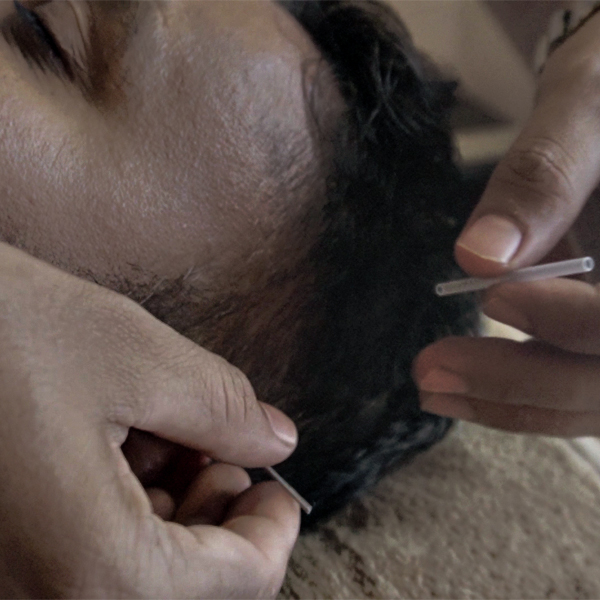Glaucoma primarily occurs due to elevated intraocular pressure resulting from impaired drainage of aqueous humor. Other risk factors include genetics, aging, diabetes, hypertension, eye trauma, prolonged steroid use, and certain medical conditions. Poor blood circulation to the optic nerve also contributes to its deterioration. In some cases, glaucoma may develop without high eye pressure, indicating the role of other underlying physiological factors in disease progression.
In conventional medicine, glaucoma is mainly attributed to increased intraocular pressure due to inadequate fluid drainage in the eye. The buildup of aqueous humor leads to optic nerve damage, which can result from genetic predisposition, systemic diseases like diabetes and hypertension, or prolonged steroid use. Certain types of glaucoma, such as normal-tension glaucoma, indicate that factors beyond eye pressure, such as vascular insufficiency, contribute to the disease.
From an Ayurvedic perspective, glaucoma is linked to an imbalance in the body's doshas, particularly Vata and Pitta. Vata imbalance leads to poor circulation and nerve degeneration, while excess Pitta causes inflammation and heat accumulation, disrupting eye health. Ayurveda also considers poor digestion, accumulation of toxins (Ama), and improper lifestyle choices as major contributors. The blockage of energy channels (Srotas) and impaired Prana Vata function may also play a role in the condition.
Acupuncture, based on Traditional Chinese Medicine (TCM), views glaucoma as an energy imbalance affecting the liver and kidney meridians. Liver Qi stagnation, kidney Yin deficiency, and blood stasis disrupt the body's ability to nourish the eyes, leading to increased pressure and nerve damage. External factors like stress and improper diet further aggravate these imbalances, exacerbating the disease.

